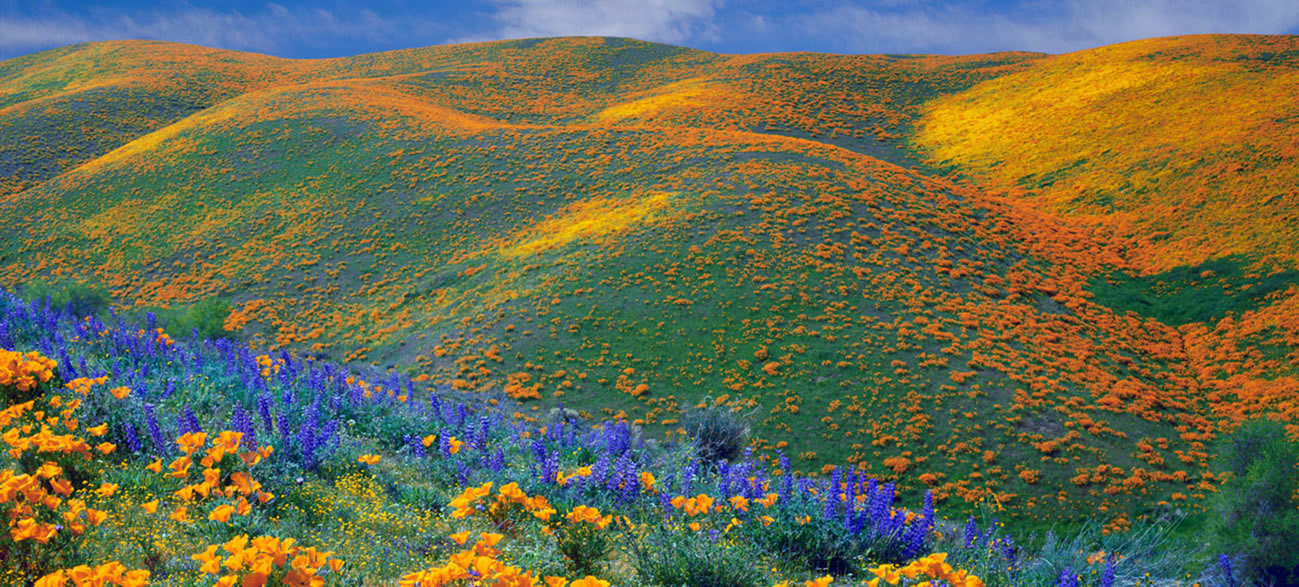
Kitulo National Park
“The Gods’ Garden”
Kitulo National Park history goes back to 1870, when Fredrick Elton, an Explorer visited the area. In 1960’s a large area was taken by United Nations Food and Agriculture Organization for Wheat and Sheep Schemes. Since neither wheat nor sheep were in the area, in 1972 the area was turned into a dairy farm, which remains active to date.
As a result of concerns from conservation bodies and various stakeholders, part of the farm, Livingstone, and Nhumbe Forest Reserves were as Kitulo National Park. This was on the 16th of September 2005.
Climate
The climate is influenced by altitude, Lake Nyasa, and is largely temperate. The maximum daily temperature varies from 14.5°c to 18°c. The minimum ambient temperature ranges from 7°c to 8°c between December and April and can go as low as 0.5˚c during June to August. During this period frost occurs. The average annual rainfall is 1600mm ranging from 1500 – 1700mm. The rain season begins from October to May.
How to get there
You can access the park from Mbeya town, which is about 110 Km away via Chimala road. Also it is 70 Km via Isyonje road. It is about 90 Km from Songwe Airport. The park can only be reached by road.
By Air: Through Songwe Airport; 90 kms via Isyonje and 125 via Chimala small town to Kitulo.
By Road: Mbeya city-Isyonje- Kitulo is 70 kms: Mbeya city-Chimala-Kitulo is 103 kms: Njombe town-Ikonda-makete-Kitulo 165 kms.
By Railway: Through railway transport Tanzania-Zambia (TAZARA), Iyunga and Makambako stations.
Songwe airport is an airport in the southern highlands region of Tanzania serving the city of Mbeya and the nearby regions. It is able to accommodate commercial jet traffic. The services of domestic flights are provided by Air Tanzania, Precision air, Fast jet and Tropical air.
Park Attractions
Kitulo Plateau
The plateau has three main vegetation types:
- Well-drained grassland on volcanic soils with species like Aster transgenesis, Kniphofia Grantii, and others.
- Seasonally or permanently in updated bogs with species such as Lobelia and Gladiolus.
- Rocky ridges and associated talus slopes on soil derived from metamorphic rocks with species. These inlude Moraea callista and Romulea companuloides
Flowers
The park is one of the great flower gardens in the world with over 40 species of ground orchids alone. Flowers come out in their thousands making unparalleled carpets of color. This is especially from late November to April.
Physical Features and Vegetation
Kitulo National Park is floristically reached with at least 350 species of vascular plants documented so far from the plateau. Kitulo highlands appear to be a major geographical ground for species typical of the Eastern and Southern Africa region. Also extremely rich in endemic and rare species not protected elsewhere in Tanzania.
Mount Livingstone Forest
Some of the tree species in the forest are Hagenia abyssinica, Ocotea usambarensis, Juniperus procera, and Khaya anthoceca. The forest also has mountain Bamboo, (Sinarundinaria alpina). Kitulo is rich in flora species with 350 species of high plants, including 45 species of terrestrial Orchids. 31 species are endemic to Tanzania, 16 are endemic to Kitulo and Poroto Mountain and at least 3 species are endemic to Kitulo national park. Two species are only in Kitulo and adjoining forests. The abundance of plants in the wet season is the greatest flora marvel of the World.
Nhumbe Valley
This is the jewel of the Park, where small streams emerge from the grassy hill sides. It sometimes cascading down into little waterfalls. This forms the head waterfall for Nhumbe river, one of the main tributaries of the Great Ruaha River. The gap in the valley is occupied by Juniper forest, one of the most extensive in East Africa. The tower to 50 m high and also are indeed the tallest junipers in the world.
Nhumbe Waterfall
Its height is approximately 100 meter. The waterfall is 20 km from Mwakipembo main gate and takes one hour to walking down the waterfall. And then up to the picnic site. You can cool your body there and take brilliant photos.
Mwakipembo Waterfall
It is located along the road to Nhumbe valley 4 km from mwakipembo main gate, its height is 8 meters. The area has orchid flowers, everlasting flowers, Erica plants and Clematopsis uhehensis.
Usalama Waterfall
Cultural Attractions
Mlivili cave is located along Matamba Ridge after the Mwakipembo waterfall. Usalama cave is about 8 kilometers away from Common works Junction, the road to Mbeya via Isyonje. During those days of the intertribal war, the caves were the hiding point for indigenous people. These were from Wawanji, Wakinga, and also Nyakyusa from Mwakaleli.
Birds
Kitulo National Park is an important bird area (IBA) with wintering site for various bird species from South Africa and Europe. Some species from North Africa, Abdim’s stock in particular use Kitulo as a wintering area. The plateau is also a home to breeding colonies of Blue swallow and Denham’s bustard. Other endemic bird species include Lesser kestrel, Pallid Harrier. There is Cisticola njombe, Kipengere Seedeater, and also Uhehe fiscal. A number of waterbirds are at Dhambwe Crater Lake. These are: Yellow billed-duck, White-faced whistling ducks. also there is Common teal, Open-billed stocks and also Red knobbed coot.






